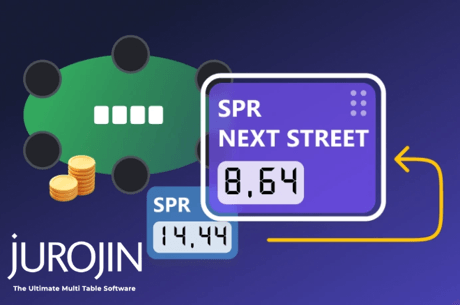Can You Play Poker With Two Players?

Poker is primarily a game played by individuals in competition against one another. That is to say, unlike card games commonly played with partners like bridge, spades, or euchre, poker is a game that almost always is a single-player game in which every player is in it for him or herself.
That hasn't stopped some from wondering... can two people play Texas hold'em? That is to say, is there a way to play poker with partners like in other card games? There are in fact ways that two players can "team up" and play together against other poker partnerships. (Learn here how to play Texas Hold 'Em).
How to play poker with two players
Over the years there have been a few different methods of playing poker with two people or in teams that have been attempted, with a couple becoming somewhat popular. By far the best known version of two-player poker is the "tag team" format made famous by the reintroduction of a "tag team" event at the World Series of Poker in 2016.
Some may not realize that when the "Tag Team No-Limit Hold'em" event was added to the schedule in 2016, it wasn't the first time the WSOP had experimented with two player poker games. From 1979-1983 there had been a "Mixed Doubles" event in which two-player teams consisting of one man and one woman could play. Doyle Brunson won a bracelet in the first one, actually, winning the event in 1979 with Starla Brodie.
The "tag team" format can be followed in different ways, though the main idea is essentially the same in all of them. The game doesn't really change at all in terms of the rules. The only real difference is that instead of one player playing a stack of chips throughout a tournament, other players can "tag" in and take over, kind of like the way partners tag in for one another in a wrestling match.
At the WSOP, each player in a team is required to play at least one full orbit at some point during the tournament. Teams can have two, three, or four players, but however many are on team, each one has to play one full "round of blinds" or the team will be disqualified.
Also, players can tag in and out between hands, but not during a hand. That means if one player gets to the flop and isn't sure about how to proceed, that player can't tag out and let a teammate finish out the hand. The player changes are only allowed after one hand is over and before another begins.
Versions of "tag team" poker played elsewhere have introduced different rules, with limitations on the frequency of substitutions, minimum requirements for the amount of time a player must play before tagging out (e.g., one hand, one orbit, a half-hour), and so on.
Other types of two-player poker
Other ways of playing poker with partners or teams have been tried in both cash game and tournament formats, including on some televised poker shows. One that some might remember having seen tried before was a format that allowed two players to play the same hand.
How are the cards dealt in 2 player poker games such as this? Essentially the two players who are teammates take turns playing a single hand of hold'em street-by-street. For example, Player A would play the hand preflop, then that player's partner, Player B, would play the flop. If the hand then went to the turn Player A would step in again, and if it went to the river Player B would finish out the hand.
In practice this type of two-player or team poker produced some interesting situations, especially when the playing styles of the two players on the same team were very different.
A lot of times players make decisions at one point in a hand with a specific plan for what they will do on a later round. For example, in hold'em a player in position might "float" the flop by calling a continuation bet with an intention to bet or raise the turn as a bluff. Thus that player's flop action was made with an explicit idea already in place how the player would be playing the turn.
However, in this two-player format in which players take turns by playing one betting round at a time, the player stepping in to play the turn might not know what his or her teammate was thinking on the flop!
If you were to try to play this format in a home game, you could have a rule that allowed teammates to consult with one another as the hand went along (although that might defeat the purpose of the two players taking turns).
Other poker formats involving multiple players have been tried as well, including tournaments in which players play individually but belong to a team, with their collective results being tallied to see which team produced the best overall performances.
As you might imagine, that format can present some challenges, especially if the tournament gets near its conclusion and there are multiple players from the same team still alive in the event, perhaps even playing at the same table. Generally such events have rules in place regarding what is allowed and what is not in terms of teammates potentially "soft playing" one another.
Conclusion
As you've probably noticed, all of the variations discussed above that allow for two (or more) players to play poker as partners (or teams) don't really alter the rules of poker as it is played individually. The game remains essentially the same in all respects aside from introducing an added collaborative element enabling multiple players to work together toward the same goal, much like players in team sports do.









